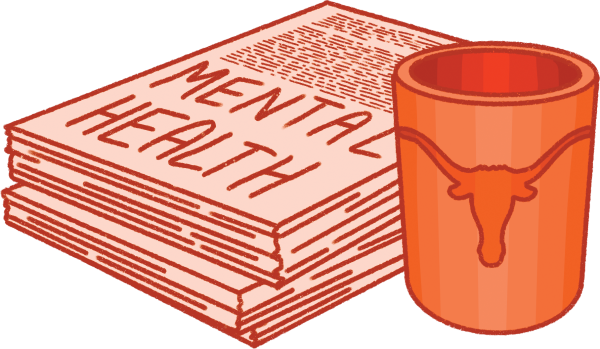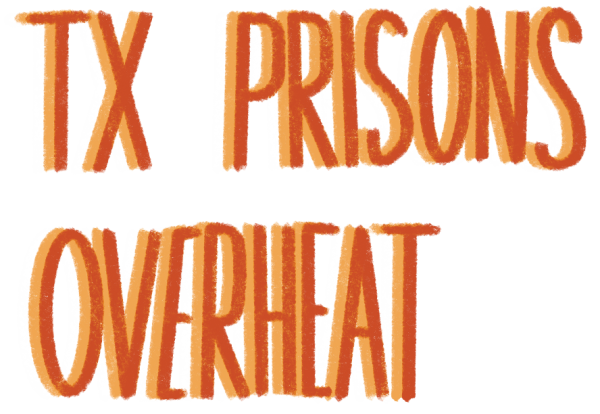AP Exam Scam?: Examining the College Board
October 15, 2021
After eight months of quizzes, tests, and cold preparations, approximately 2.5 million high school students eagerly wait to receive their AP test scores every summer. In an attempt to cushion their resumes or knock out a college credit, students will pay $90 to take just one of these tests, yet many wonder if it was worth it.
The College Board was founded in 1899 with the mission of pushing higher education throughout the United States. Since then, they have been best known for creating the SAT exam and the Advanced Placement (AP) test, which are meant to help high school students save money by awarding them with college credits. By these descriptions, it can be hard to come to the conclusion that College Board is a rip-off, as considered by many students, but the expenses of College Board’s exams and their profits suggest that there is merit behind such accusations.
College Board is a 501(c) non-profit, which means that their entire operation is not meant to generate profit. Yet when looking at reported margins, College Board consistently generates 8% profit out of total revenue, roughly $90 million. As a result, these profits are distributed to the executives of College Board, similar to a normal for-profit company, along with compensation for the CEO. In fact, the CEO of College Board makes $870,000 per year and up to $1 million with benefits. This in and of itself isn’t the problem; the issue is most of this profit is made at the student’s expense.
The median household income in the United States is $60,000, meaning that about half of US households make $60,000 or less. To put this into perspective, the cost of living in Austin for a family of 4 is around $80,000 according to CNBC, which leaves very little room for more ideal living conditions and for future savings. So when a student has to pay $50 to simply take the SAT, which is mandatory to get into many colleges, it creates a huge financial burden, especially when considering that a student will likely take the test multiple times and will have to spend money on resources to do well. College Board does waive fees, but this only applies to a household income of $49,000 for a family of four. This means that households that make $60-70k, who may still struggle financially, are forced to pay out of their own pockets.
There doesn’t have to be such a financial strain to take an SAT or AP exam. According to Business Insider, the College Board made more than $750 million in revenue, the president made more than $1.5 million, and 22 other employees earned at least $200,000. Those profits can be distributed to waive the cost of 1 million of the 8 million AP exams taken yearly, or the price of all APs can be reduced to $80 a test so that families don’t have to pay the same price. Similarly, of the 7 million SAT tests taken, an extra 1.8 million tests can be waived, or the price can be reduced to $37 dollars per test.
The College Board’s services have increased the quality of education, enabled high school students to save money via scholarship opportunities, and given students the ability to avoid high tuition costs for college credits. Despite this, College Board still needs to commit to perfecting their vision and ensure that their services are available to all, instead of being an obstacle.







